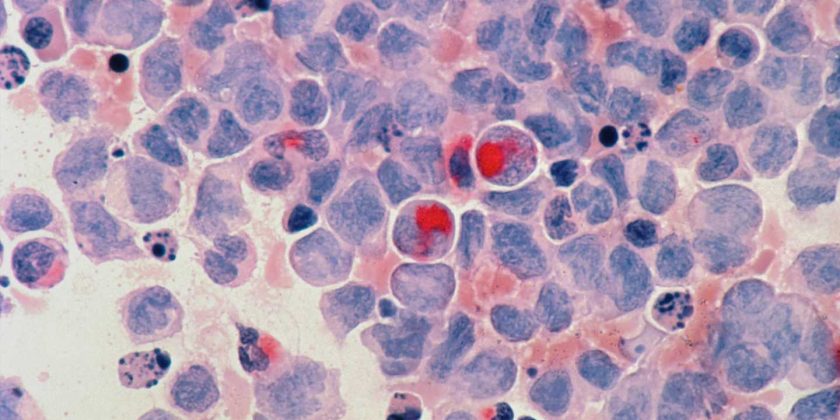
A team of researchers at the University of Southern California, Los Angeles has found that acoustic tweezers can be used to deform leukemia cells in useful ways. In their paper published in IEEE Transactions on Ultrasonics, Ferroelectrics, and Frequency Control, the group describes how they used acoustic tweezers to better understand cancer cell mechanics and to manipulate and characterize them in useful ways.
As part of the ongoing effort to better understand the nature of cancer in order to prevent it and treat patients, scientists have continued to develop new tools for use in its study. In this new effort, the researchers looked at the possibility of using acoustic tweezers to manipulate cancer tissue and possibly as a means for developing new kinds of therapies.
Acoustic tweezers have been developed and modeled after optical tweezers, which have been used to manipulate very small objects, down to molecular and atomic size. Acoustic tweezers work by sending sound waves through a medium, such as tissue. In shaping the sound waves, such devices can be used to manipulate objects in various ways.
Prior work has suggested that cancer cells are softer than natural cells, so the researchers figured they should deform more easily. Softer tissue, it has been noted, would allow for tumors’ migration to other body parts. To that end, the researchers tested the possibility of using ultrasound single-beam acoustic tweezers to manipulate leukemia cells in a Petri dish.
The tweezer system used by the researchers contained a 50-MHz high-frequency cylinder ultrasound transducer. The researchers applied it to multiple tissue samples, testing to see if such tissue could be moved independently of non-cancerous tissue. They also used the system to measure the degree of deformity and compared what they found with the degree of conformity in non-cancerous tissue. In so doing, they found that the highest degree of deformity was visible in the cancer cells.
Source: Read Full Article
